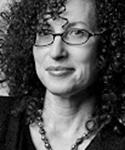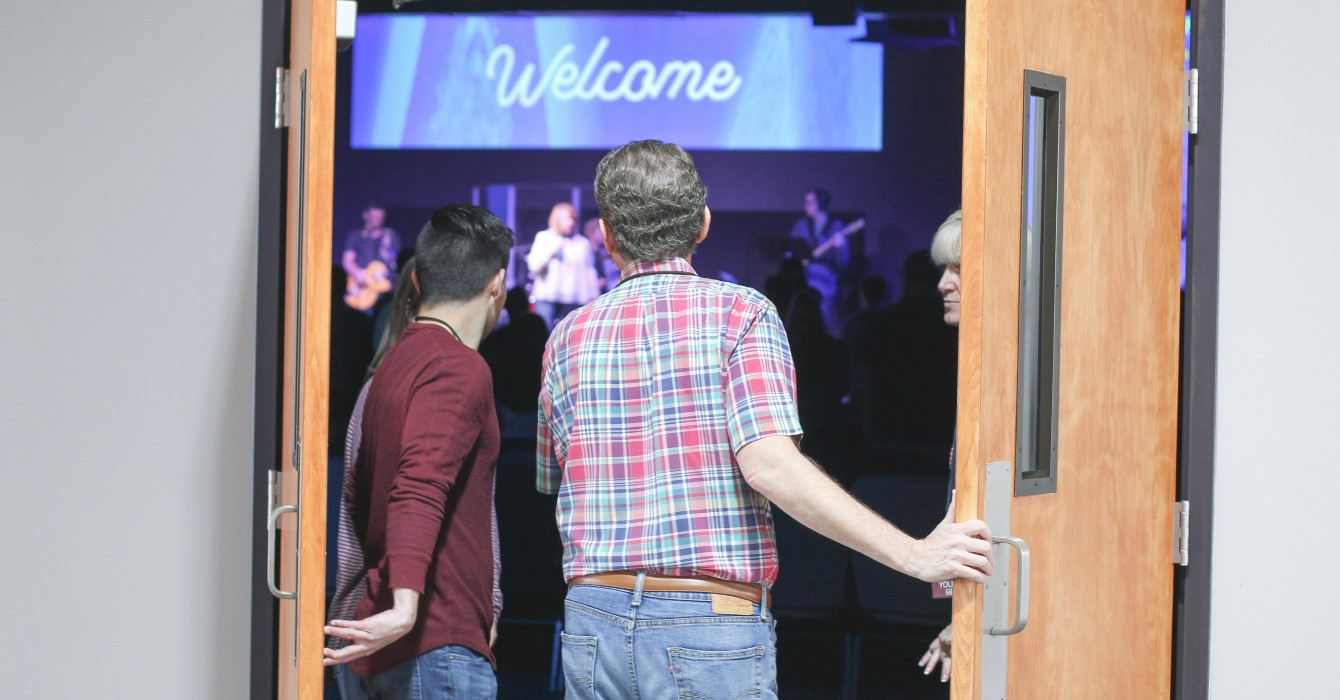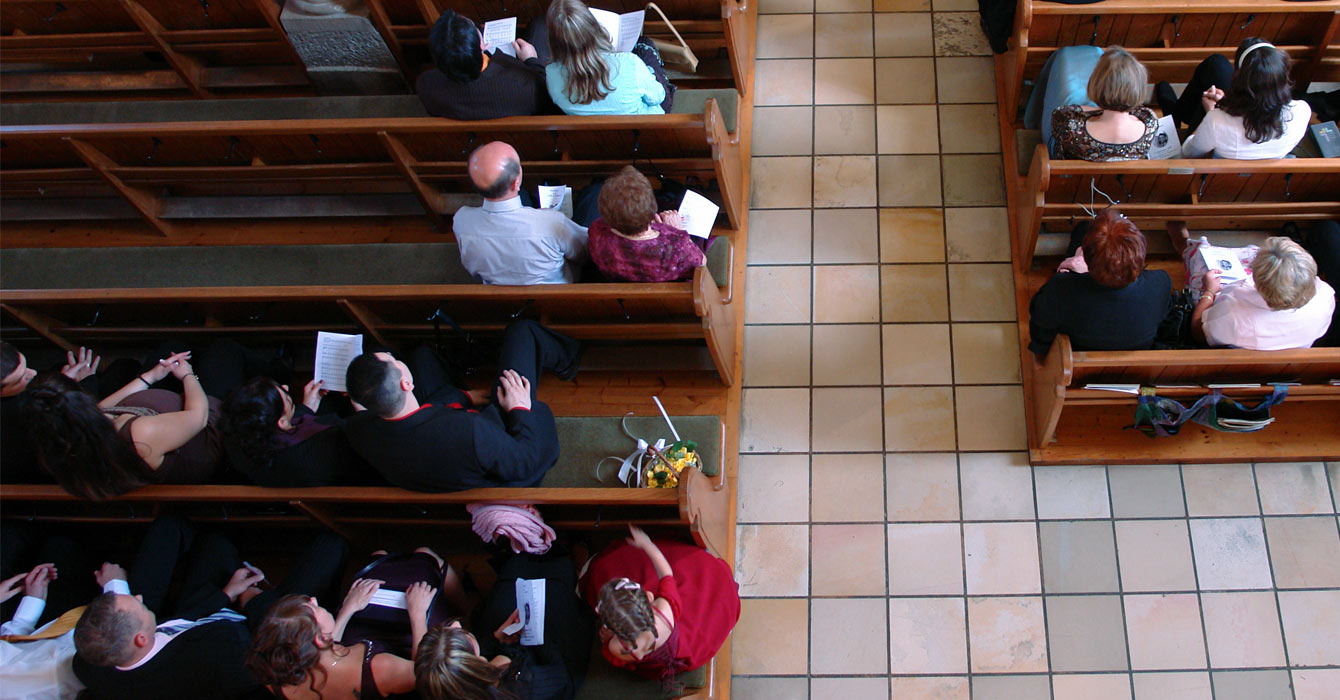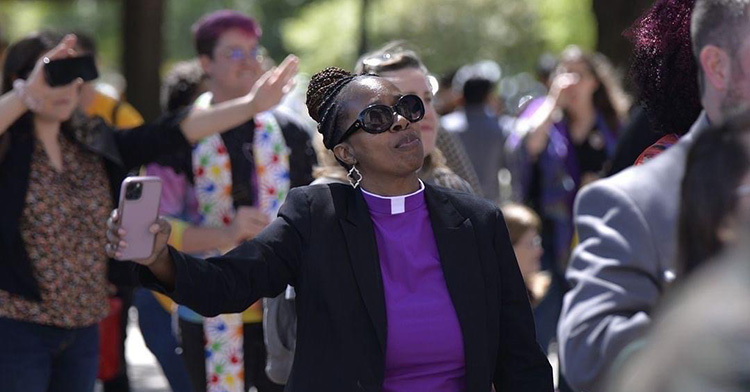Researchers at the Hartford Institute for Religion Research had long assumed that most congregations add an average of 25% in new attendees every five years (or about 5% every year).
That, at least, is what congregational leaders have repeatedly told the Institute’s Faith Communities Today (FACT) cooperative partnership surveys.
But when lead researcher Scott Thumma undertook a different five-year research project to examine possible changes in church life as a result of the COVID pandemic, he was surprised to find that 38% of the survey respondents said they had joined their church from 2020 to 2025.
“The church was creative — it was doing things that it never did before, worshipping outside or in the parking lot, or online,” Thumma said.
For some attenders, this change presented a radically different, and perhaps more attractive, worship experience.
The Exploring the Pandemic Impact on Congregations (EPIC) survey, which included attenders from 12 denominational groups supplemented with attenders from two external panels from a variety of additional denominational groups, concluded that the new attenders — about 9,000 people in all — fell into three groups:
Converts: This was the smallest group — 8% of new attenders. Converts skewed male, young (aged 18 to 34) and non-white. Many were immigrants or children of immigrants. They tended to be unmarried and have less income and less education. These converts had not been schooled in faith or church practices. They were excited to be part of a congregation, but many still attended online.
Switchers: This was the largest group — 69% of new attenders. Switchers were those who for ideological or theological reasons cut their ties with a previous congregation and joined a new one. They were much more likely to be older and married, with children. Politically, many identified as Republicans. Switchers had a history of churchgoing and in many ways resembled those already in the pews. They were likely to have found a new congregation during the first and second years of the pandemic, 2020-2021, when church closures, lockdowns and restrictions led to divisions — and lawsuits — pitting the health of congregations and the constitutional right to free exercise of religion. The survey did not ask what they thought of pandemic closures.
Returners: This group accounted for 22% of new attenders. Returners were those for whom the pandemic may have caused social rupture that led them to seek out community. They were younger than the switchers and tended to be unmarried. They had some experience with church in the past and were looking to make connections and find a sense of belonging.
Mark Chaves, a sociologist of religion at Duke University, said the revolving door of church attendance, what sociologists call “churn,” is a longtime feature of religious participation.
“There’s more and more correlation between what church you go to and your politics, so that’s not a new thing,” he said. “It’s plausible to me that that could have accelerated.”
But he doubted there was a meaningful increase since the pandemic began in how many people began attending church.
“We need more data and more time,” he said. “My fundamental reaction is skepticism that it’s a meaningful or real increase.”
The EPIC survey did not track people who dropped out of church over the same five-year period, a difficult group of people to identify, but Thumma said two more follow-up surveys are planned that will try to capture some of those who dropped out.
Thumma said the survey could potentially be useful to church leaders in one way. Not all new attenders should be treated alike. Each of the three groups — converts, switchers and returners — have different needs. So a one-size-fits-all strategy won’t work.
Returners, for example, may need help getting connected and involved in the congregation. Converts need considerable mentoring and discipleship, an on-ramp to church life.
“It’s clear that not all new people are the same,” Thumma said. “The pandemic has made that even more stark. Anybody who’s come postpandemic is really coming into a different church than the people who have been there all their lives. It makes the pastor’s job that much more difficult.”



















